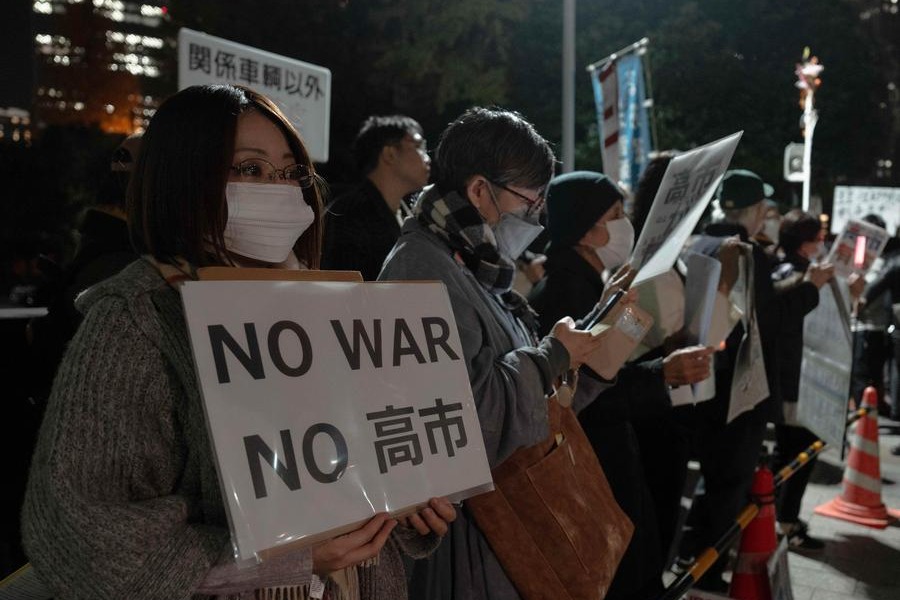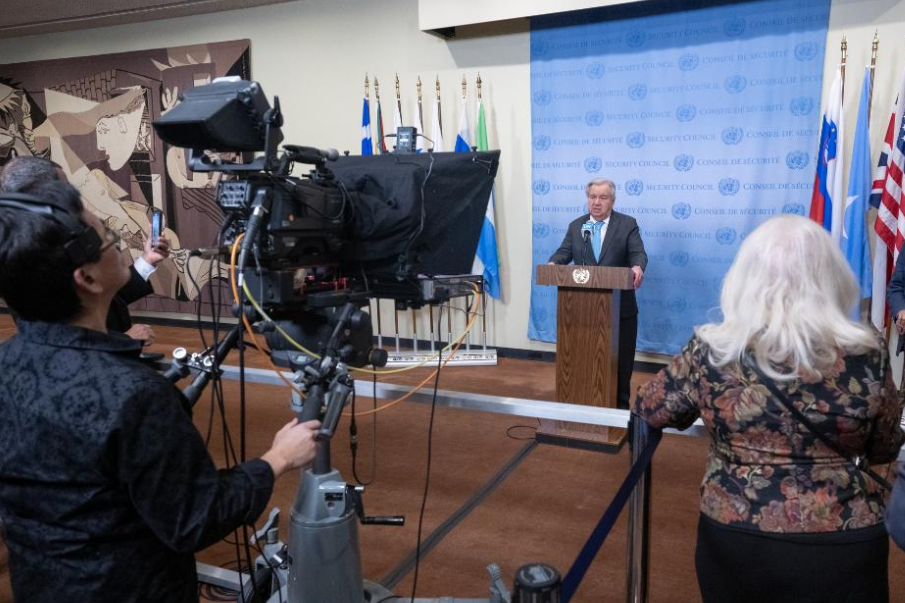Report: billions breathing in bad air

More than 7 billion people, or some 95 percent of the world's population, are breathing unhealthy air.
So says the State of Global Air Report 2018, which was released on Tuesday.
The State of Global Air initiative is a collaboration between the Health Effects Institute (HEI) in Boston and the Institute for Health Metrics and Evaluation (IHME) in Seattle, with input from the University of British Columbia in Vancouver.
The 22-page report did, however, offer some relatively good news for China: The country's air pollution exposures have stabilized and even begun to decline slightly.
Unfortunately for Pakistan, Bangladesh and India, they have experienced the steepest increases in air pollution since 2010.
Those three countries and China all have high concentrations of and increasing trends in PM2.5 (particulate matter 2.5 micrometers or less in diameter).
China's average annual population-weighted PM2.5 level was 56 micrograms per cubic meter of air, while the US' was 9. The higher the number, the worse the pollution is.
But "although China experienced substantial increases in population-weighted exposures before 2010 — reflecting in part the dramatic scale of economic development in recent decades — since then the exposures have stabilized and even begun to decline", the report said.
Sometimes, air pollution-control efforts are at the weather's mercy.
On Thursday, China's Ministry of Ecology and Environment said that the air pollution campaign had reached a "stalemate".
"Weather conditions last month in Beijing were the worst over the past six years, with slow wind, little rain and high temperatures, but average pollution readings were able to stay at the same level as the past five years," ministry spokesman Liu Youbin said at a regular press briefing.
"The air pollution campaign has entered a stage of stalemate, as Chairman Mao described in his famous book On Protracted War. … The efforts we made have sometimes been offset by unfavorable weather, and it will take time for us to slip the leash of weather conditions to win the war," he added.
"The easy actions have been done very well, but now there is more that needs to be done," said Chen Songxi, an expert in environmental statistics at the Guanghua School of Management at Peking University. "Motor vehicles in cities have to be curbed — so far, there has been little action in that regard, because it will be very unpopular with drivers," he added.
Ambient (outdoor) particulate matter was the sixth-leading cause of death in the world in 2016, according to the report. The top cause was high blood pressure, followed by smoking, high fasting plasma glucose, high body mass index and high total cholesterol.
More than 50 percent of global deaths due to air pollution were in India and China, the report said.
Household air pollution ranked eighth as a cause of death, preceded by alcohol use. It is the first year that household pollution was included in the report.
A total of 2.45 billion people (33.7 percent of the global population) were exposed to household air pollution, mainly caused by the use of solid fuels such as wood and coal as cooking fuel.
Two dozen countries in Africa had more than 90 percent of their populations exposed to household air pollution.
India and China — with 43 percent and 30 percent, respectively, of their populations using solid fuels — had the largest numbers of people exposed to household air pollution in 2016: 560 million in India and 416 million in China.
The good news is that the number of people relying on solid fuels dropped from an estimated 3.6 billion around 1990 to about 2.4 billion in 2016, despite the increase in world population.
China has reduced the numbers who rely on solid fuels to about 416 million in 2016, down from 996 million in 1990.
Still, coal was projected to remain the single largest source contributor to ambient PM2.5 in China in 2030.
Reuters contributed to this story.
Contact the writer at williamhennelly@chinadailyusa.com

































